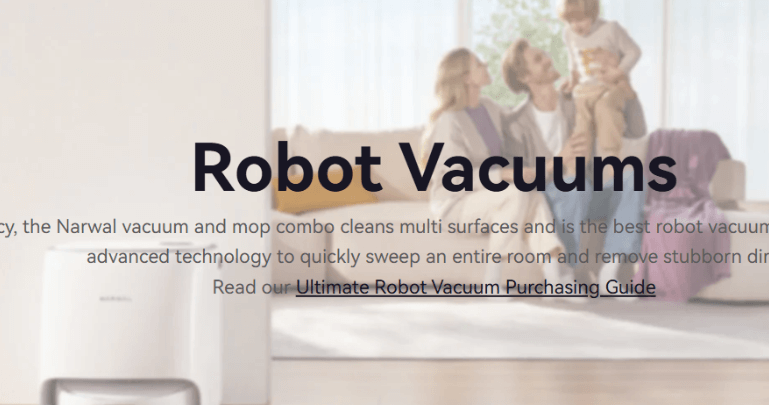How Robot Vacuums Are Tested for Performance and Reliability

Independent testing labs use standardized methods to assess robot vacuum capabilities. Key metrics include suction power, navigation efficiency, and battery performance. These evaluations help consumers compare models objectively.
Suction strength is measured using digital pressure gauges. Airflow volume calculations determine debris-carrying capacity. Higher airflow values indicate better particle removal from surfaces.
Core Testing Procedures
Suction and Airflow Analysis
Digital anemometers track cubic feet per minute (CFM) during operation. Tests run at maximum power settings to establish performance baselines. Results reveal how effectively models handle fine dust versus larger debris.
Pressure sensors measure vacuum force in kilopascals (kPa). This data correlates with real-world cleaning results on carpets and hard floors. Consistent testing conditions ensure fair comparisons between devices.
See also: Exploring the Potential of AI Face Swap Technology in Gaming
Navigation and Mapping Assessment
Test environments simulate residential layouts with furniture and obstacles. Researchers track coverage patterns and missed areas across multiple cleaning cycles. Efficiency metrics include time per square meter and obstacle avoidance success rates.
Advanced models undergo mapping speed evaluations. Accuracy in room recognition and zone prioritization affects overall performance. Units with LiDAR or camera-based systems generally demonstrate superior spatial awareness.
Battery and Runtime Verification
Energy consumption is calculated by monitoring power loss per cleaned area. Tests measure endurance across different surface types and suction levels. Results help predict real-world usability in varied home environments.
Recharge-and-resume functionality is evaluated for multi-level homes. Effective systems remember cleaning progress after docking. Battery degradation over time remains a critical long-term performance factor.
Advanced Feature Testing
Object Recognition Capabilities
Labs assess how devices handle common household obstacles. Pet toys, cables, and uneven surfaces pose particular challenges. High-scoring models use 3D sensors or AI-driven image processing.
Carpet detection accuracy is verified through repeated trials. Effective mop-lifting mechanisms prevent wetting fibrous surfaces. Pressure-sensitive brushes adapt better to mixed flooring transitions.
Maintenance and Self-Cleaning Systems
Auto-empty docks are evaluated for dust compression efficiency. Mopping models undergo pad-washing effectiveness tests. Hot water systems receive bonus points for stain removal capabilities.
Anti-tangle brush performance is quantified using standardized hair samples. Units with self-cleaning rollers maintain consistent performance over time. Easy-access components score higher in user maintenance categories.
Surface-Specific Cleaning Tests
Hard Floor Performance
Coffee grounds and cereal simulate common dry messes. Testing surfaces include tile, hardwood, and laminate. Edge-cleaning effectiveness is measured using specialized crevice tools.
Wet mopping assessments use controlled spills of viscous liquids. Blacklight inspections detect residual stains after cleaning cycles. Models with vibrating mop pads generally achieve better results.
Carpet Cleaning Capabilities
Embedded sand tests evaluate deep-cleaning effectiveness. Units must remove at least 90% of particles to receive top marks. Multi-pass systems and adjustable suction settings improve carpet performance.
High-pile carpet challenges separate premium models from budget options. Pet hair removal tests use standardized quantities of dog and cat fur. Self-emptying bins prove essential for households with shedding animals.
Long-Term Reliability Factors
Durability testing involves 6-month simulated use cycles. Components like brushes, wheels, and sensors undergo wear analysis. Consistent performance maintenance determines overall build quality ratings.
Software update frequency impacts feature improvements over time. Models with regular algorithm updates maintain better navigation accuracy. Cloud connectivity features are stress-tested for data security.
Choosing the Right Model
Budget constraints often dictate feature prioritization. Mid-range models typically offer the best balance of suction power and smart features. Premium units justify costs through automated maintenance systems.
Households with mixed flooring benefit from adaptive mop-lifting mechanisms. Pet owners should prioritize hair management systems and HEPA filtration. Large homes require extended battery life and efficient mapping software.
For those seeking combined cleaning solutions, modern robot vacuum and mop hybrids offer versatile floor care. These units automatically switch between modes based on surface detection.
App integration quality remains a crucial differentiator. Intuitive controls and detailed cleaning reports enhance user experience. Voice command compatibility adds convenience for smart home enthusiasts.
Future Testing Developments
Labs are incorporating machine learning benchmarks for AI-driven models. New metrics evaluate energy efficiency and noise pollution levels. Standardized pet hair testing protocols are under development.
Sustainability factors like repairability and recyclability will influence future ratings. Third-party certification programs may emerge for eco-conscious consumers. These advancements aim to create more comprehensive evaluation frameworks.

